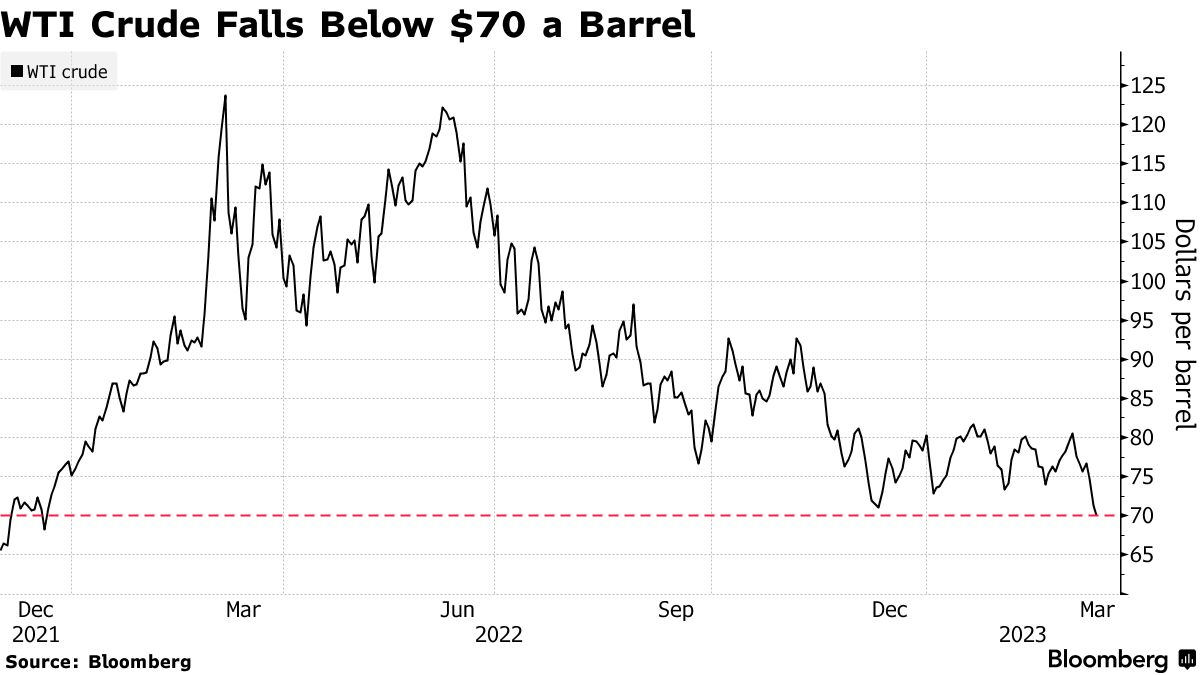The government's decision to cancel leases in Alaska will not be a major impact on the price of gas, like some of the media portray it. According to the U.S Energy Information Administration, the Alaska oil production accounted for 2.4% of the crude oil input to refineries last week. The U.S. imported 16X more oil than what Alaska produced.
As was said, drilling in the lower 48 is cheaper than drilling in Alaska. Our 33 wells in West Texas generate 30,000 barrels per day, as compared to Alaska's 402,000 barrels per day production. Our wells daily production alone is equivalent to 7.5% of the daily Alaska production. And there are a lot more wells coming online on a daily basis in West Texas.
The Trans-Alaska pipeline started transporting oil in 1977. An oil well typically has a 30-year lifespan. You get 50% of the production in the first 3 years, then the remainder over 27 years. It is too expensive to maintain and pump a well with little production. Many of the wells in Alaska have reached their end of life and are being plugged. New ones are not being drilled to replace them.
"Most of Alaska's crude oil production—typically over 95%—occurs on the North Slope.
33 The Trans-Alaska Pipeline System, which began operating in 1977, transports crude oil 800 miles from the frozen North Slope to the warm-water port at Valdez, on Alaska's southern coast.
34 In 1988, the pipeline's oil throughput peaked at just over 2 million barrels per day. Since 2003, actual deliveries have been less than 1 million barrels per day, and averaged 483,000 barrels per day in 2022, the first year-over-year increase since 2017." US EIA

